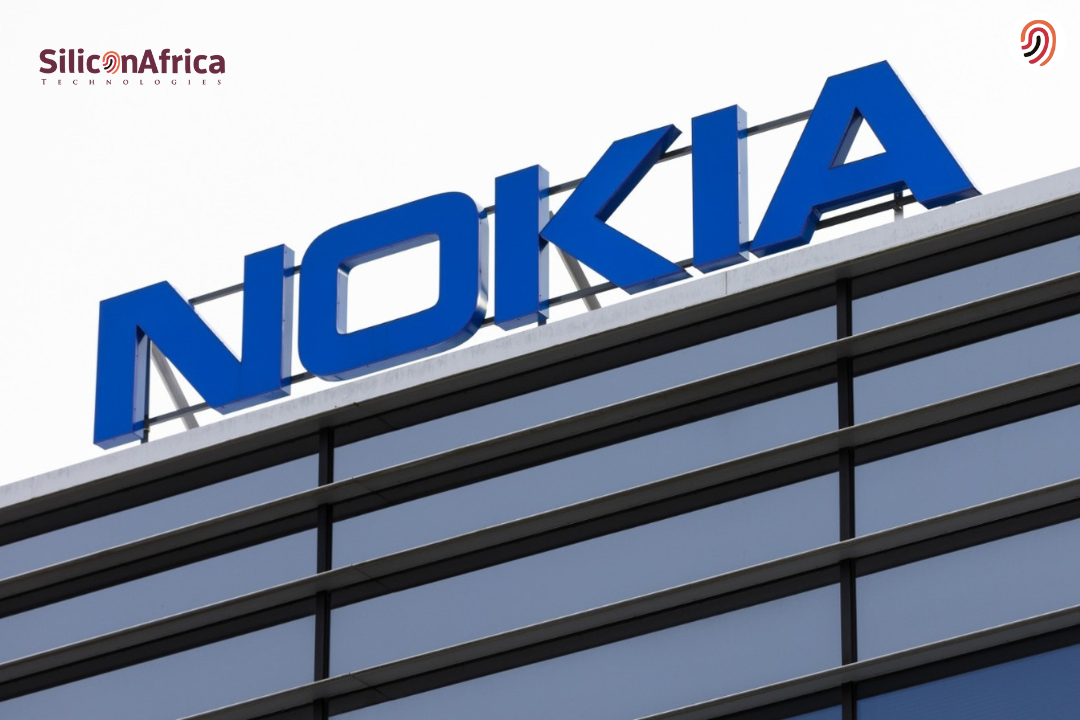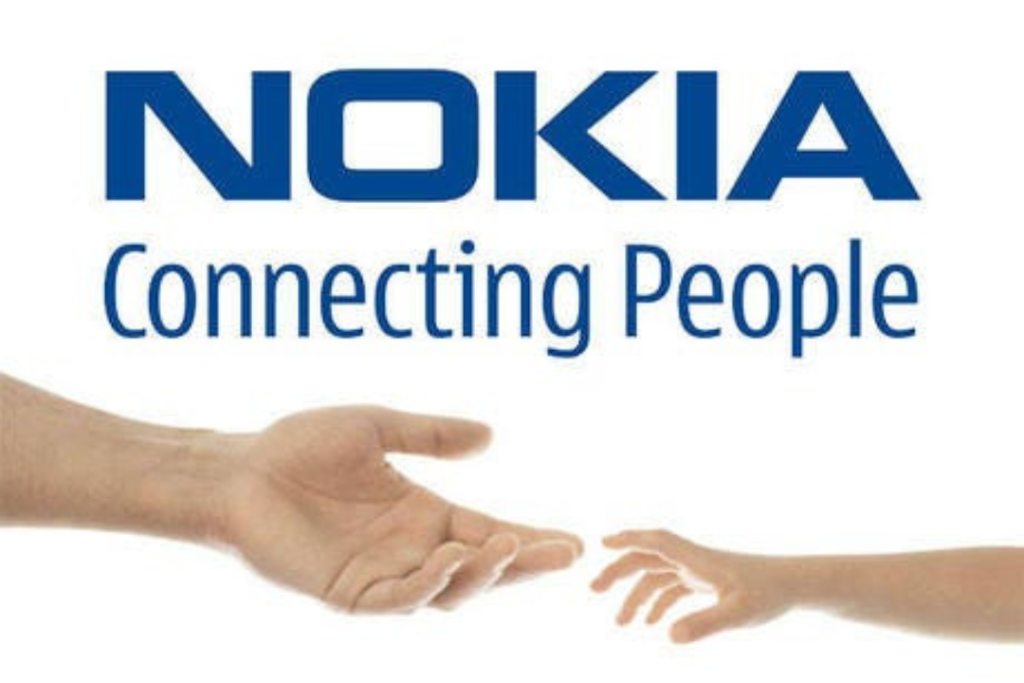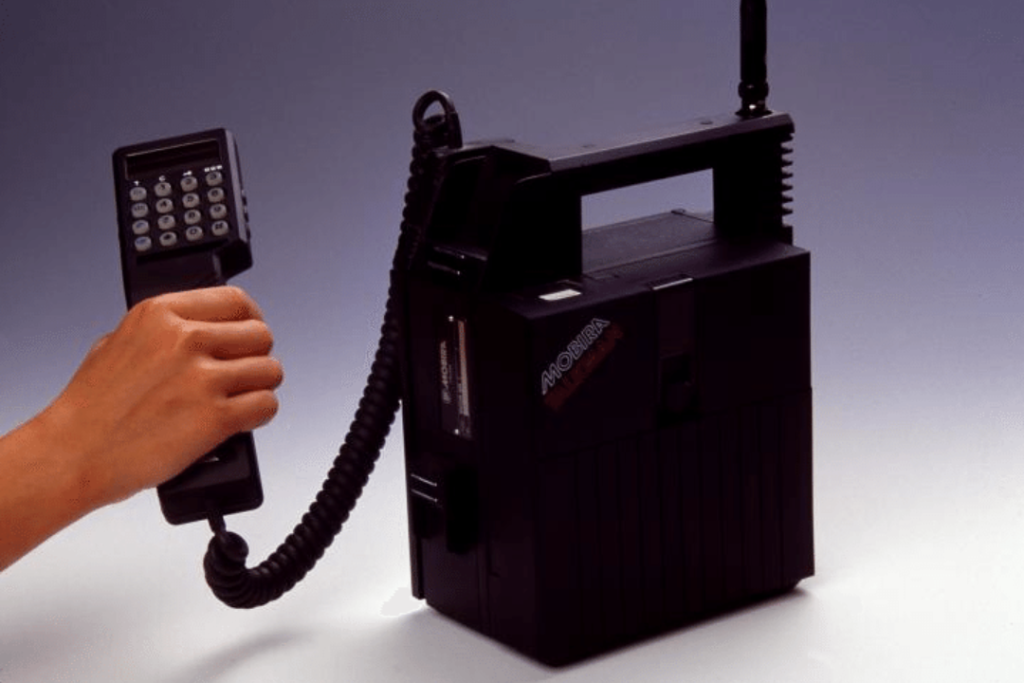Physical Address
60 Ekwema Cres, Layout 460281, Imo
Physical Address
60 Ekwema Cres, Layout 460281, Imo

Remember the feel of that first Nokia phone in your hands? Well, that very iconic device that introduced Nokia into our lives was the first Nokia phone, launched in 1984. In that respect, it revolutionized mobile communication, making mobiles accessible to every other person.
As we embark on a walk down memory lane regarding the history of Nokia phones, we begin to realize that these early Nokia phones became synonymous with durability and long battery life. But what took them down?
Did this happen because of the rise of smartphones, or was it for more reasons? The article looks at the rise and fall of Nokia phones: what made them succeed and fail, and what can be learned from this fascinating story.
Please stand by for a blast from the past as we uncover the wildly fascinating tale of Nokia’s fortunes and failures. We’ll examine everything from Snake II nostalgia to missed opportunities. Let’s dive in!

Nokia is a Finnish company that launched its first Nokia phone in 1981, which ushered in its journey into the mobile phone industry.
The history of Nokia phones is really interesting because, at first, the company produced mobile phones for businesses, but they soon became available to consumers in the 1990s.
In fact, these early Nokia phones quickly became popular due to their strength, reliability, and long-lasting batteries.
Over the years, Nokia became the most popular phone in the world and released, for the first time, innovative models featuring cameras and games in the early 2000s.
It took Nokia a long time to change its direction and develop touchscreen smartphones and more advanced operating systems.
Still, the company continues to manufacture phones today, focusing on particular markets and releasing new models with features that best target those markets.
While Nokia might not have resumed the top position, its history and legacy of producing reliable and durable devices continue to affect the market.
Nokia’s innovation commitment and customer needs to keep it a famous brand in the phone market.
From its very first Nokia phone to the ones it sells today, Nokia’s commitment to excellence and innovation has left an indelible mark on the annals of Nokia phones.
Read Also – Nokia G10 Review: A Phone with a 3-Day Battery Life and Some Trade-offs

The First Nokia phone, the first it ever produced, was the Mobira Talkman, launched in 1984.
It was among the first mobile phones in the world and thus marked Nokia’s entry into the mobile phone market.
In 1987, Nokia launched the so-called “Gorba”, or Mobira Cityman 900. It weighed a mere 760 grams and is priced at about €4,500 today. The Mobira Cityman 900 was a milestone in terms of mobile phone portability.
To put it differently, although Nokia had produced mobile radio telephones in the 1960s, the 1984 Mobira Talkman could be understood to be the very first actual Nokia mobile phone, which started off the process of Nokia in the handset business.
The first Nokia phone marked the beginning of this astonishing journey to shape the face of the mobile phone market. Following are some key ways early Nokia phones made an impact:
Generally speaking, the very first Nokia phone and successive models have greatly influenced growth, innovation, and accessibility in the mobile phone market.
Also Read – Explore 13+ HMD Smartphones with latest Android 13 OS Upgrades in Nigeria
Nokia phones’ history tells a great tale and speaks volumes about the company’s strategic orientation, innovative products, and strong market presence.
The first Nokia phone marked the beginning of its journey. However, it was in the 1990s that Nokia’s rise to fame began. Key factors contributing to Nokia’s rise include:
All these factors combined gave Nokia a dominant position in the mobile phone industry during the 1990s. The first Nokia phone and successive releases have provided the pivotal tale in Nokia’s success saga.
From being the undisputed leader in the mobile phone market, Nokia’s stock plummeted during the smartphone era. Reasons being:
Taken together, these all contributed to a sudden reversal of fortune, which led to Nokia’s mobile division’s sale to Microsoft in 2013 and thus spelt the end of its position as a leader in the mobile telephone industry.
Read Also – Legendary Nokia 3210 Returns with a new look
Over time, Nokia misstepped in responding to the rise of Apple and Android. These strategic shifts ultimately led to the smartphone market’s decline.
In other words, a mix of strategic missteps, innovation delays, and an inability to adapt to changes within the landscape finally dictated the decline and sale of Nokia’s mobile devices business.
Read Also – HMD DeviceKit Tool for Nokia Devices: All Questions Answered & How to Download It
Nokia’s journey with mobile phones started with a marked era in 1992 when by launched its first-ever mobile phone, the Nokia 1011. The early Nokia phones, including the all-popular Nokia 3310, became known for their durability and long battery life.
But then came the rise of smartphones, and Nokia fought a very uphill battle. In 2016, HMD Global acquired Nokia branding rights to manufacture Nokia-branded phones, reviving the brand.
It reintroduced the Nokia 6310i and 5310, among other popular feature phones of yesteryear, with a facelift by embedding more features. These phones have become extremely popular due to their affordable price while people want only essential functions of a cell phone, Bluetooth connectivity, and long battery life.
More modern models, like the Nokia 220 4G released in 2024, focus on simplicity and ease of use, finding their niche in the market. Thus, with a pinch of nostalgia and doses of modern technology, Nokia’s legacy continues.
Nokia phones left an indelible mark on the mobile industry. From the first Nokia phone to how the brand evolved, history is just full of innovation and dominance.
While Nokia phones were huge successes early in the business, the company seemed to lag behind in modern technologies. The brand reminds one of how fast-moving the changes in the tech world are.
We would love to hear your thoughts about Nokia’s rise and fall. Comment below and follow us on Social Media: Facebook @Silicon Africa, Instagram @Siliconafricatech and Twitter @siliconafritech.
The key mistakes included failing to adapt to evolving consumer needs, using outdated technology, and failing to market its products as effectively as competitors like Apple and Samsung.
In this case, increased competition from Apple, Samsung, and lower-cost Asian manufacturers has caused significant erosion in Nokia’s market share as it embraced newer technologies and consumer trends.
In 2013, Nokia sold its entire mobile phone business to Microsoft for €5.44 billion, completing the single largest pivot away from consumer devices into network infrastructure thus far.
Nokia’s case underlines the importance of continuous innovation, adaptation to market variations, and effective marketing to maintain a leading position in such a dynamic industry.